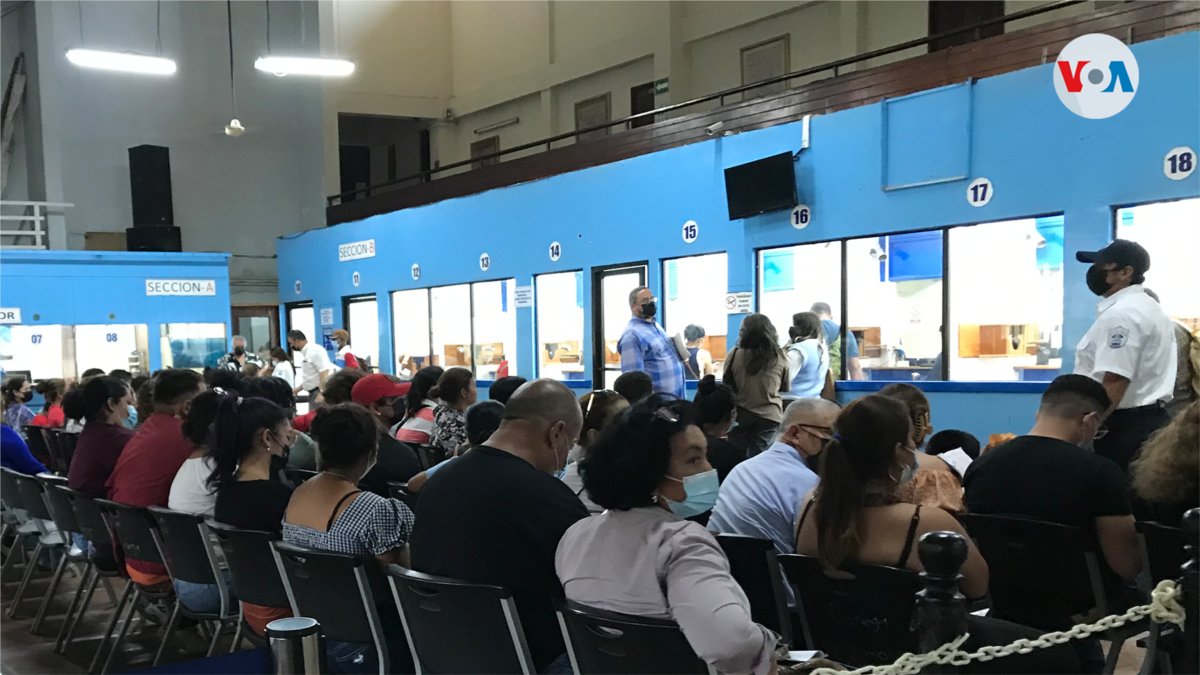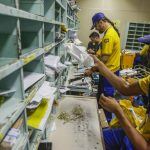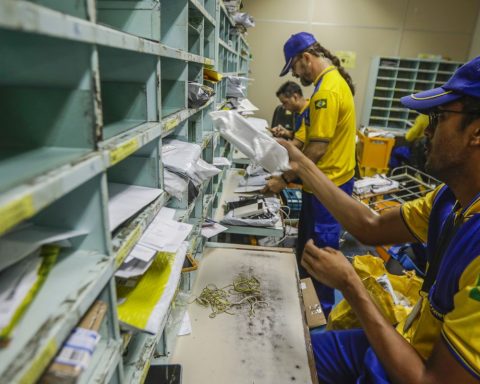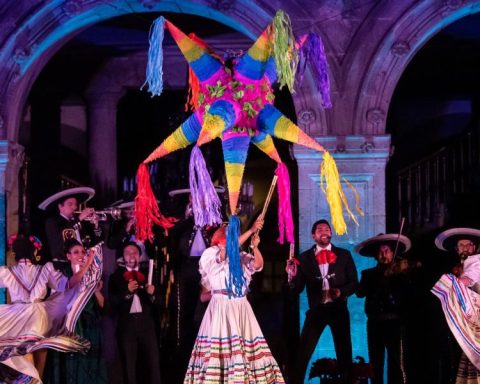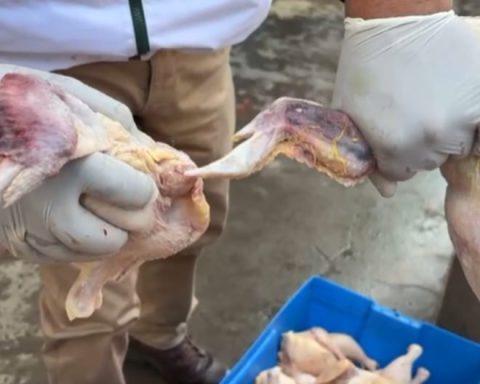Mariela took advantage of the two days she had accumulated vacation from her job to join the long lines of Nicaraguans who go to the authorized points where passports are issued from the early hours of the morning.
In recent months, migration has increased in the Central American country that is experiencing one of the worst political crises in the last 30 years. According to official data from the Nicaraguan government, only in the week of October 8 to 14, Migration and Immigration issued 7,385 passports.
And the figure could be higher, but according to the people who go to state agencies, quotas are only issued per day to serve 100 people at each of the points where the documents are delivered.
Mariela assures that during the first day she went to Immigration and Immigration at its headquarters, “but it was impossible to get the document because the lines were more than five blocks long,” which is equivalent to almost half a kilometer.
“There was an incredible number of people; I had never seen so many people getting passports. The next day he went to another place from 5:30 in the morning and, well, there were already people lining up,” the woman told the VOA.
He also indicated that there are people who travel from the departments of the interior of the country and make long lines without any result.
“I met a man from Granada and the poor thing was already his third consecutive day trying to get his passport, and no, he couldn’t because of the large number of people who were getting it, and he told me that he spent money on tickets, on food and he wasn’t working,” he said.
Andrés is a 27-year-old man, originally from Camoapa, a municipality located about 115 kilometers from Managua, and which has historically been a bastion of opposition to President Daniel Ortega.
Even with the mayor’s offices still in the hands of a non-government political party, local people are migrating.
This young man comments that what is happening today seems like a Deja vu for his grandparents and relatives who told him that during the war in the 70s and 80s, “people left the same way” as today.
Andrés comments that at least eight people who used to play basketball with him in the city park have left his circle of friends.
“They arrived safely in the United States. They are fine, but it is necessary to talk or play with them on the courts. Camoapa is no longer the same, from my point of view everything is desolate from so many people who have emigrated to the US in search of opportunities. I’m happy for them because they’re doing well there and they’re working, but I’m not going to deny that it hurts not to see them anymore and they even want to leave, ”he comments to the voice of america via telephone.
Remittances will represent almost 25% of GDP
The massive departure of Nicaraguans has represented a record increase in the sending of remittances to the Central American country.
From January to August of this year, they represented 299.7 million dollars in Nicaragua, exceeding by 71.5% those registered in the same month of 2021, according to the Central bank.
The financial entity indicated that the countries of origin of remittances in August continue to be: the United States with 78.8% of the total, followed by Costa Rica (7.8%), Spain (7.2%), Panama (1 .9%) and Canada.
In the coming years, in terms of remittance growth, the trend will be lower than in 2021, 2022 and 2023, and they will grow at 10%, half of what they are growing in 2022, assures the VOAManuel Orozco, director of the Migration, Remittances and Development program at the Inter-American Dialogue, an entity based in Washington.
“The main reason is that the migratory trend will decrease every time the mass exodus has monopolized 20% of the population. However, given the situation in which the regime tries to govern Nicaragua, without options for generating wealth, remittances will represent almost 25% of GDP.
But beyond that, according to official data from the Ortega government, remittances are an important incentive for Nicaraguan families who do not have access to supplement for the basic basket that until September of this year cost 17,981 córdobas, about 513 dollars, when the The minimum wage ranges between 4,700 córdobas, which is about 134 dollars, and 10,500 córdobas, which is equivalent to about 300 dollars.
“Remittances constitute a source of total income for a household receiving remittances, and in the case of Nicaragua they are 65% of total household income. In the current circumstances where there is a shortage of goods and their prices have grown, and the average options to invest in the local economy are not conducive—there is no interest in investing, the money is consumed almost more than 90%, “he adds. Orozco about it.
Connect with the Voice of America! Subscribe to our channel Youtube and turn on notifications, or follow us on social media: Facebook, Twitter and Instagram
